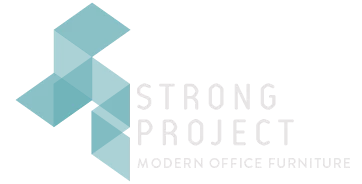It’s only in the last hundred years that human beings have spent more time indoors than out. We are genetically conditioned to thrive in an outdoor environment, so it’s no surprise that spending an 8-12 hour workday indoors has taken its toll. Modern office solutions have transformed the way we perceive and interact with our work environments. They prioritize open, flexible spaces that promote collaboration, creativity, and employee well-being. Gone are the days of cubicles and isolated offices; instead, modern offices setups embrace concepts such as open floor plans, communal areas, and flexible workstations.
Modern Office Solutions Can Enhance Productivity and Foster Creativity
People crave big, open spaces, but before all the modern office setup proponents shout, “See? Told you so!” humans also, when our surroundings become too stressful, retreat to a quieter environment to regroup, reassess our situation, and recharge our batteries.
How does this impact the changing world of office design? The answer lies in neuroscience.
By studying the environmental factors that contribute to productivity, satisfaction, and human comfort, we can curate our surroundings to account for all the ways in which employees learn. Modern office solutions can also help employees retain information, think creatively, and problem solve.
The Environment and the Human Brain
In these modern office setups, our brains still exhibit primal reactions to noise levels and visual and behavioral cues. In a collaborative situation, people thrive in a more open, conversational environment, but for individual tasks, we focus better in private, calm spaces. The context of these spaces changes how we perceive and absorb the information we receive. That in turn helps us process the information to commit it to memory for later retention and evaluation.
Read the full article on Inc.com.
Want to explore more? Check out these related topics:






